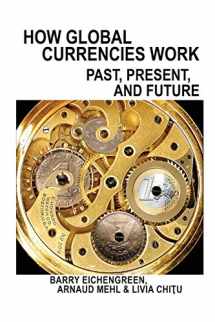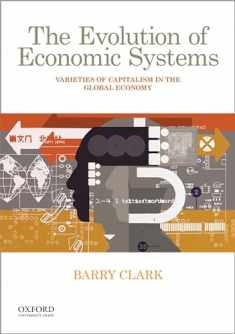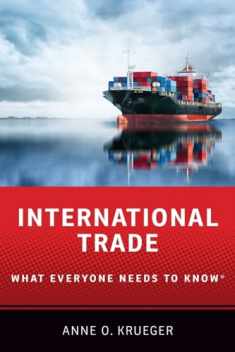
How Global Currencies Work: Past, Present, and Future
Book details
Summary
Description
A powerful new understanding of global currency trends, including the rise of the Chinese yuan
At first glance, the history of the modern global economy seems to support the long-held view that the currency of the world’s leading power invariably dominates international trade and finance. But in How Global Currencies Work, three noted economists overturn this conventional wisdom. Offering a new history of global finance over the past two centuries and marshaling extensive new data to test current theories of how global currencies work, the authors show that several national monies can share international currency status―and that their importance can change rapidly. They demonstrate how changes in technology and international trade and finance have reshaped the landscape of international currencies so that several international financial standards can coexist. In fact, they show that multiple international and reserve currencies have coexisted in the past―upending the traditional view of the British pound’s dominance before 1945 and the U.S. dollar’s postwar dominance. Looking forward, the book tackles the implications of this new framework for major questions facing the future of the international monetary system, including how increased currency competition might affect global financial stability.


We would LOVE it if you could help us and other readers by reviewing the book
Book review





